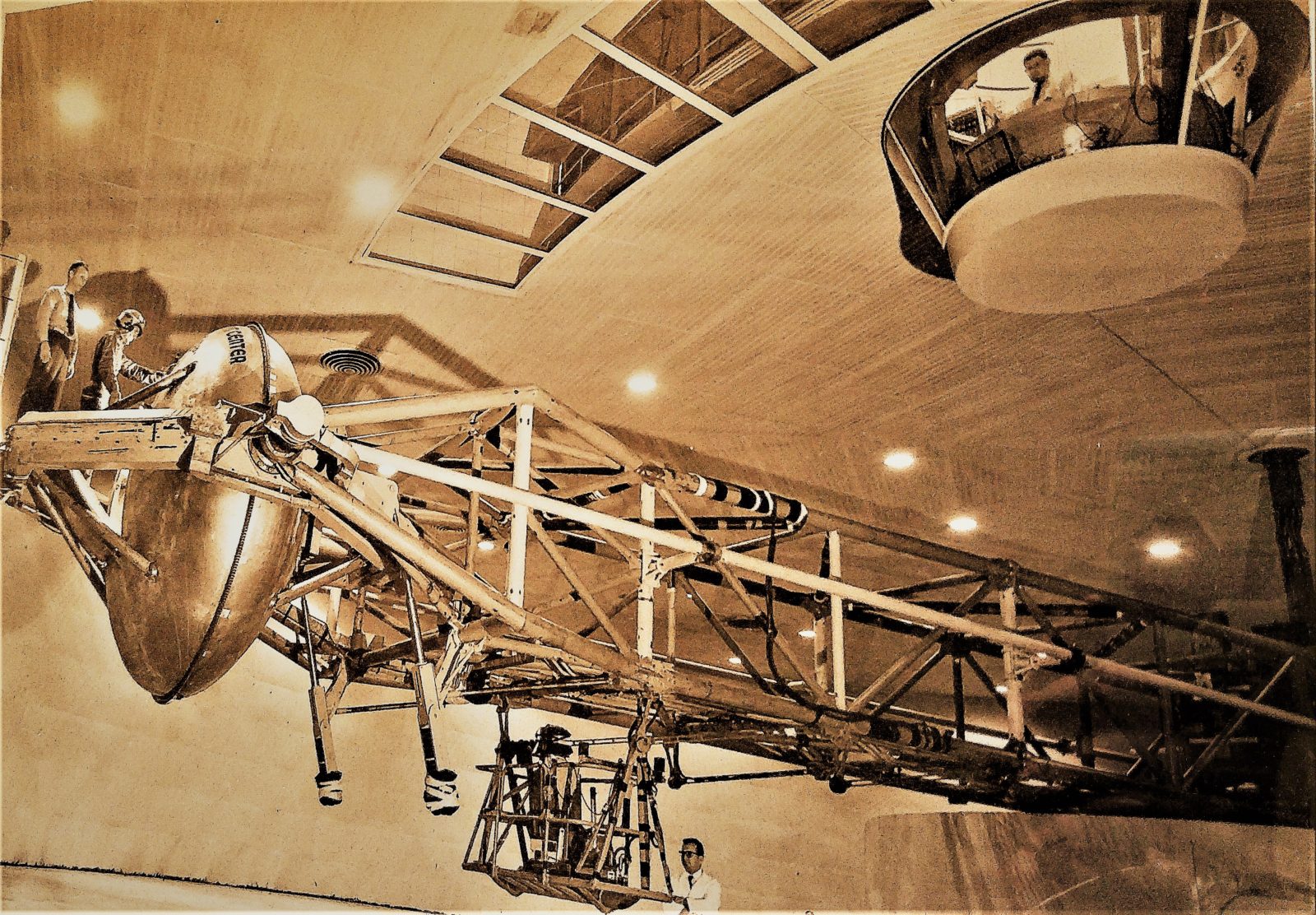A deep dive into my connection to the moon landing 50 years ago.
I’ve long sensed 2 degrees of separation from Neil Armstrong and Buzz Aldrin.
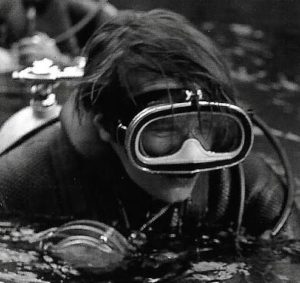
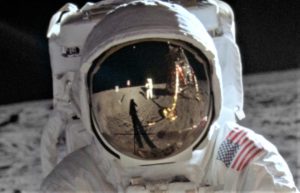
Exactly 50 years ago this past Saturday – July 20, 1969 – they became the first humans to walk on the moon. By a quirk of fate, I was a witness to their lunar blastoff at Cape Canaveral. My later journalism career would lead to Bucks and the surprise discovery that part of their odyssey began here. In Warminster.
Since childhood, I’ve had a keen interest in science and anything NASA. My friends and I were favorites of our chemistry teacher who gave us access to his lab at El Capitan High School. There we made fuel for our handcrafted rockets, launched from the tennis court at Applegate Park in Merced, Calif. After graduation, I enrolled at Cal Berkeley on scholarship and later transferred to the University of Florida in the mid-1960s to study biology and earth sciences. I roomed with Max Reed from Oklahoma and Jim Chupka of Miami. Max was headed for a doctorate in physics. Chup was earning his masters in wave dynamics. The three of us loved adventure and became certified scuba divers. Like astronauts with all the latest high-tech gear, we invested in full wet suits, decompression gauges, redundant safety equipment, Rolex deep dive watches and waterproof, battery-powered aircraft landing lights. We became pioneers of incredibly deep, long duration dives to map Florida’s subterranean rivers while work was underway at Cape Canaveral to prepare Neil and Buzz for the moon. Max, Chup and I pushed the limits of inner space, a risk similar to that of astronauts in outer space. Amid other achievements, we were the first to make an underwater transit between two 110-foot deep springs of the vast Peacock Slough system of North Florida. Like the brotherhood of astronauts, there were losses among us cave divers. Nitrogen narcosis sadly claimed the lives of four dive buddies who pushed the boundary too far too deep.
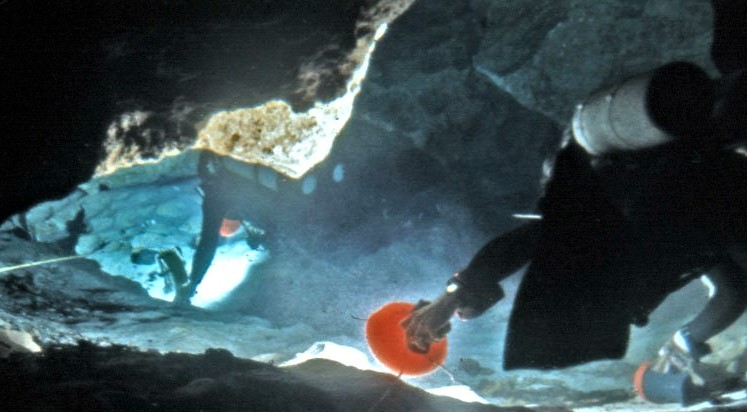
Max’s graduation put us on track to Cape Canaveral where he became an Apollo physicist. In doing so, he obtained VIP passes to the Apollo 11 launch for the three of us plus close friend Flossie Williams, also a Florida Gator whose father was a technician aboard RCA’s South Pacific tracking fleet to monitor Apollo 11’s return to earth. The night before the July16 launch, the four of us celebrated at nightclubs in Cocoa Beach, the city next to the Cape electric with anticipation.
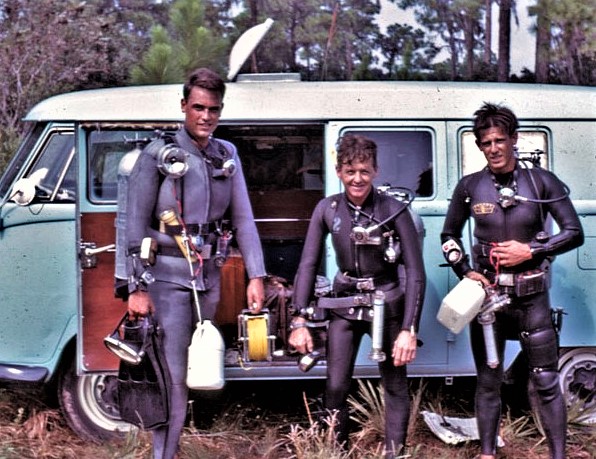
The following afternoon, the explosive power of Apollo 11’s Saturn V rocket shook the ground. The majestic spaceship the size of a 36-story building lifted off slowly. So slowly we joined a delirious chorus of “Go, go, go!” Five days later, we convened at the Williams household on the Sebastian River south of Cape Canaveral to watch the ghostly TV image of Armstrong being the first to step onto the powdery surface of the moon. It was 10:56 p.m. We walked outside and looked up at the full moon. Wow!
The years passed. Max took a job as a nuclear fusion theorist in D.C. and became a mountain climber in Tibet. Chup got a position at Woods Hole Oceanographic Institution on Cape Cod and was a support diver for the Sealab undersea habitat. Meanwhile, I obtained a bachelor of science degree and followed my passion as a writer into journalism, leading me to Bucks County. That’s when I learned the world’s largest human centrifuge was anchored to bedrock in Warminster. Not only that. Neil and Buzz trained there before their moon flight. Knock me over!
On a visit to the “fuge”, I met Mercury 7 astronaut Scott Carpenter and viewed film clips of astronauts riding the centrifuge’s gondola as it whipped around. The centrifuge wasn’t all Bucks County contributed to conquering space.
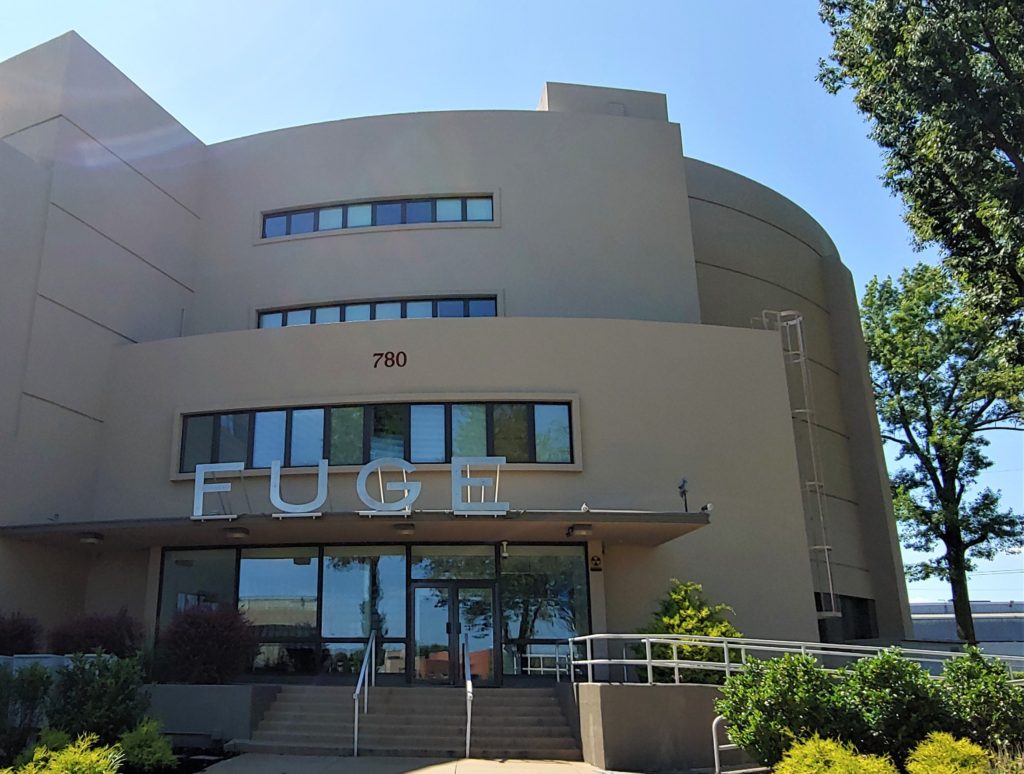
For three decades, Warminster’s Naval Air Development Center (where the centrifuge is based) created things we take for granted – aircraft flight computers, GPS receivers, electronic sensors, pilotless drones, sonar buoys, night vision goggles and stabilizing telescopes. Thiokol Corp., formerly based in Levittown, built booster rockets for the Space Shuttle. Lavelle Aircraft Corp. in Newtown constructed Tiros, the world’s first weather satellites and various Apollo components including lithium hydroxide canisters to remove deadly carbon dioxide in spacesuits. Those air purifiers later would save the lives of three astronauts aboard Apollo 13 after an explosion in space.
Last Saturday, I tied all this together with a stroll through Warminster Community Park near the centrifuge. There the township’s important role in the moon quest is memorialized in trail markers. That brought back fond memories of dearly departed Max, Chup and Flossie and adventures we once shared at an unforgettable moment in history. In many ways I share Buzz Aldrin’s view of life: “Shoot for the moon and you might just get there.”
Sources include a very detailed history of the Naval Air Development Center (NADC) in Warminster found on the web at http://navairdevcen.org/

